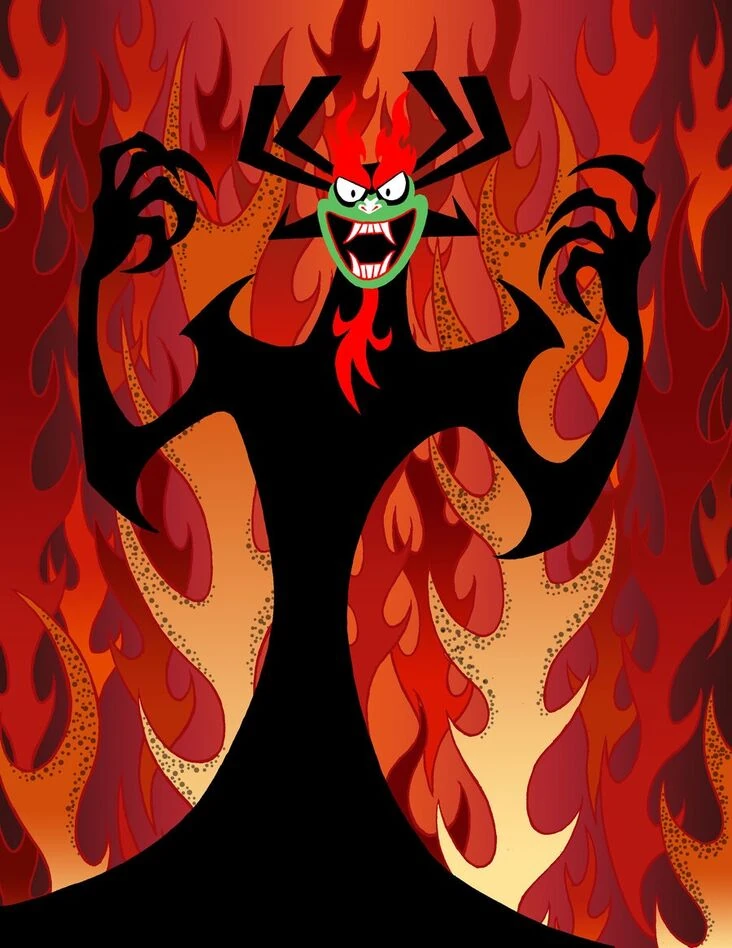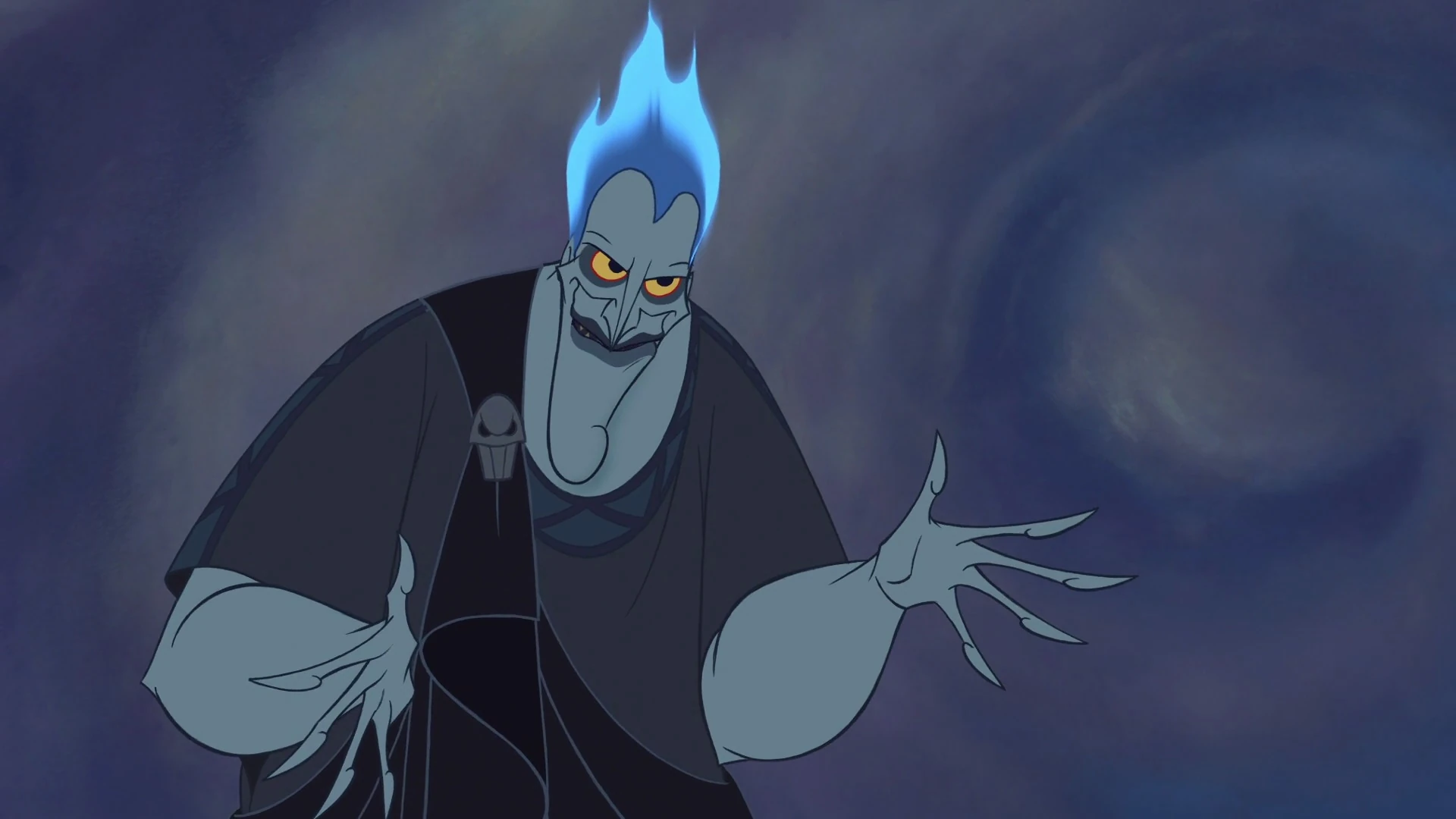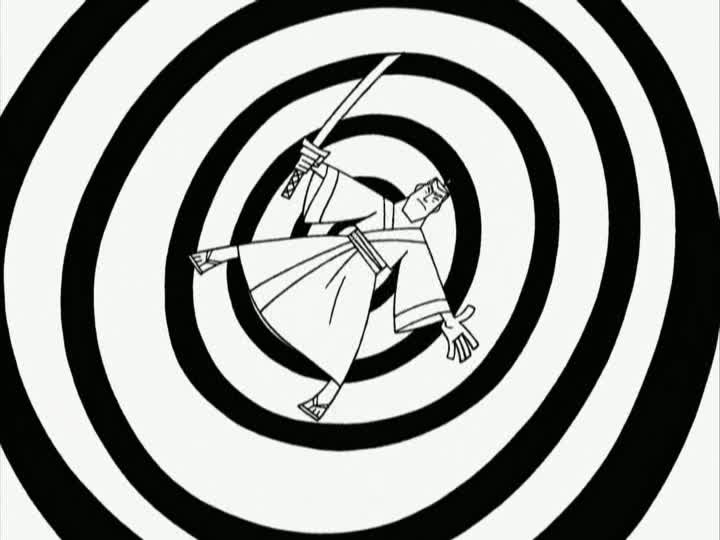Welcome to another edition of Regional Differences, the series that examines regional differences between Pokemon TCG releases. Today's post continues the discussion of the Diamond and Pearl era of the TCG by taking a look at the second set of the era: Mysterious Treasures a/k/a Secret of the Lakes. You can read about the first set in the block by clicking here.
 |
| The real secret of the lakes? |
Background
"Secret of the Lakes" is the kind of title I would give to a Scooby Doo episode or a Boxcar Children mystery
 |
| Pretty close |
or at least the title of a crime thriller in which Officer Jenny is tasked with solving a series of murders after bodies start turning up at Lake Valor.
 |
| Releasing direct to DVD Summer 2006 |
In reality, the set derives its name from the TCG debut of Mesprit, Uxie and Azelf, the three legendary pokemon that can be found and captured in three different lakes in the Diamond and Pearl video games. There are a number of obvious, and perhaps not-so-obvious regional differences to cover with this set, so lets dive right in (pun intended).
Notable Differences
1. Pack distribution - If you take a look at this set on Bulbapedia, you will notice that the set list for Secret of the Lakes includes 8 spots for basic energy cards while the English set list for Mysterious Treasures does not. At first glance, it might appear that the Japanese set is actually larger than the English set (a truly rare phenomenon in the TCG) but the inclusion of these energy cards is somewhat misleading. Each pack of Secret of the Lakes includes 11 cards, including 1 holo, 1 rare and 1 basic energy card. The basic energy cards are identical to the energy cards released with the first Diamond and Pearl set, Space-Time Creation: they do not have a set symbol and they feature the same 2006 copyright date. In light of the foregoing, I'm not convinced its fair to include these cards as a part of the set, even though they do appear in the set's booster packs. The English booster packs only contained 10 cards, including 1 rare (with an approximate 1:3 chance for a holo) and 1 reverse holo. No energy cards were included in the English Boosters. The obvious observation here is that the Japanese packs really give you more bang for your buck than the English packs.
2. Secret [rare] of the Lakes - Mysterious Treasures featured a special secret rare card that was not included in Secret of the Lakes: Space-Time Distortion.
In Japan, this card was instead awarded as a prize in a number of different competitive TCG tournaments.
3. Rarity Differences - Perhaps the greatest "secret" of the lakes is not the English exclusive secret rare card, but rather the mystery of why the rarities of certain cards were altered between the English and Japanese releases. The following cards have different rarities in the Japanese and English versions of the set:
Bastiodon and Ramparados (JP - Holo; US - Rare). Note that English holo versions of each of these cards were available as theme deck exclusive variants. The non-holo print was the version included in the English booster packs.
Magmar (JP - Common; US - Uncommon).
Magby (JP - Uncommon; US - Common).
Pichu (JP - Uncommon; US - Common)
 |
| Side note: what kind of a name is "Chupi" for an attack? |
Multi-Energy (JP - Uncommon; US - Rare)
Thanks for reading this week's edition of Regional Differences. You can see copies of my completed English and Japanese versions of this set by clicking the links below:
Let me know if you have any questions, comments or suggestions for future regional difference to cover.



















